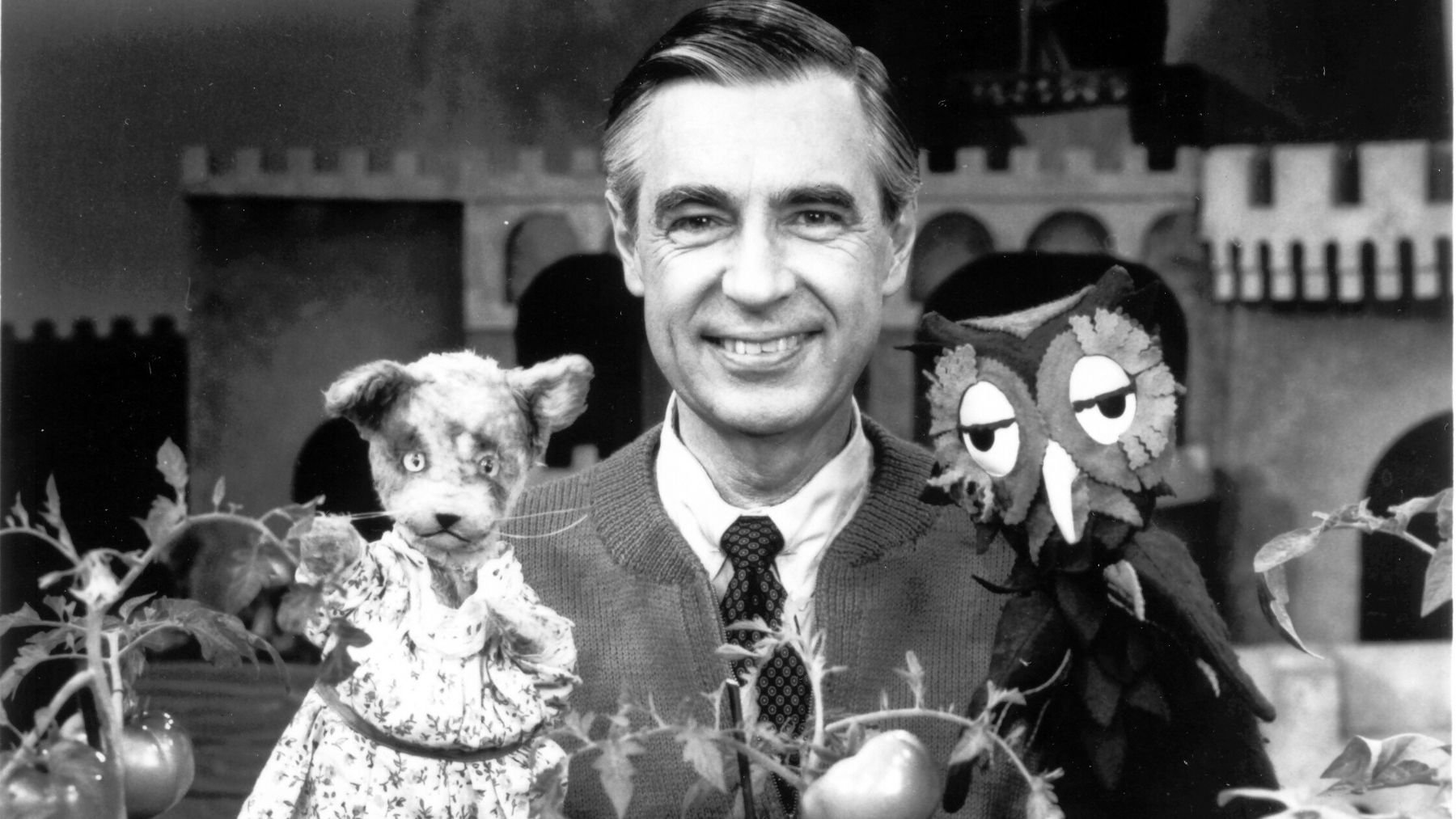Long before YouTube channels and animated shows like Cocomelon captured the attention of preschoolers, children across America gathered in front of their TVs to watch Mister Rogers’ Neighborhood. Fred Rogers didn’t rely on flashy songs or overstimulating visuals. Instead, he connected with kids through honesty, warmth, and respect.
The show aired for more than three decades on PBS and became a cultural touchstone. Rogers offered children a safe space to explore emotions, ask questions, and understand the world around them. Here, we’ll look back at the history of Mister Rogers’ Neighborhood and why its values still matter today in a world of screen-driven childhoods.
Mister Rogers’ Neighborhood and its legacy
Mister Rogers’ Neighborhood first premiered nationally in 1968 and quickly stood out from other children’s programs. Fred Rogers, a Presbyterian minister with a background in child development, believed television could be used as a tool for empathy and education. Instead of entertaining through chaos, he built a calm, predictable environment where kids felt seen and heard.
Each episode was simple in format: a greeting song, a visit with neighbors or puppets, and thoughtful conversations about feelings, friendship, and life’s everyday challenges. Rogers tackled difficult subjects, from divorce to death, in ways children could understand. When a pet goldfish died on set, he used the moment to talk openly about grief, showing kids that sadness was normal and manageable.
His approach became known for its fearless authenticity. Rogers spoke directly to children, never downplaying their worries. He made space for “big feelings” and taught that what is mentionable is manageable. For many children, the show was emotional guidance.
Decades later, his legacy continues through spin-offs like Daniel Tiger’s Neighborhood, which adapts his methods for a new generation. But for those who grew up watching him, Rogers remains a symbol of kindness and reassurance, a steady voice in childhood memories.
Why Mister Rogers’ values still matter today
Today’s kids are surrounded by fast-paced, brightly colored shows designed to capture short attention spans. While engaging, these programs often overlook the deeper lessons about emotions, empathy, and human connection that Rogers prioritized. His values feel even more relevant now. Here’s why:
- Emotional literacy. Rogers taught children to label their feelings and understand them, giving parents simple language to continue the conversation at home.
- Respectful communication. He modeled how adults can talk with children in ways that are patient, honest, and validating.
- Coping with change. From moving to a new house to losing a pet, Rogers reminded kids that change is part of life, and it’s okay to feel uncertain or sad.
- Self-worth. His message of “It’s you I like” reminded children that their value wasn’t tied to achievements or appearances.
- Connection. By treating every child watching as a neighbor, he reinforced the importance of community and kindness in daily life.
The lessons of Mister Rogers’ Neighborhood reach beyond nostalgia. They remind parents, educators, and caregivers that children need more than distraction—they need guidance, empathy, and reassurance. In a world of endless screens and noise, his quiet approach feels timeless and maybe even more necessary today.
